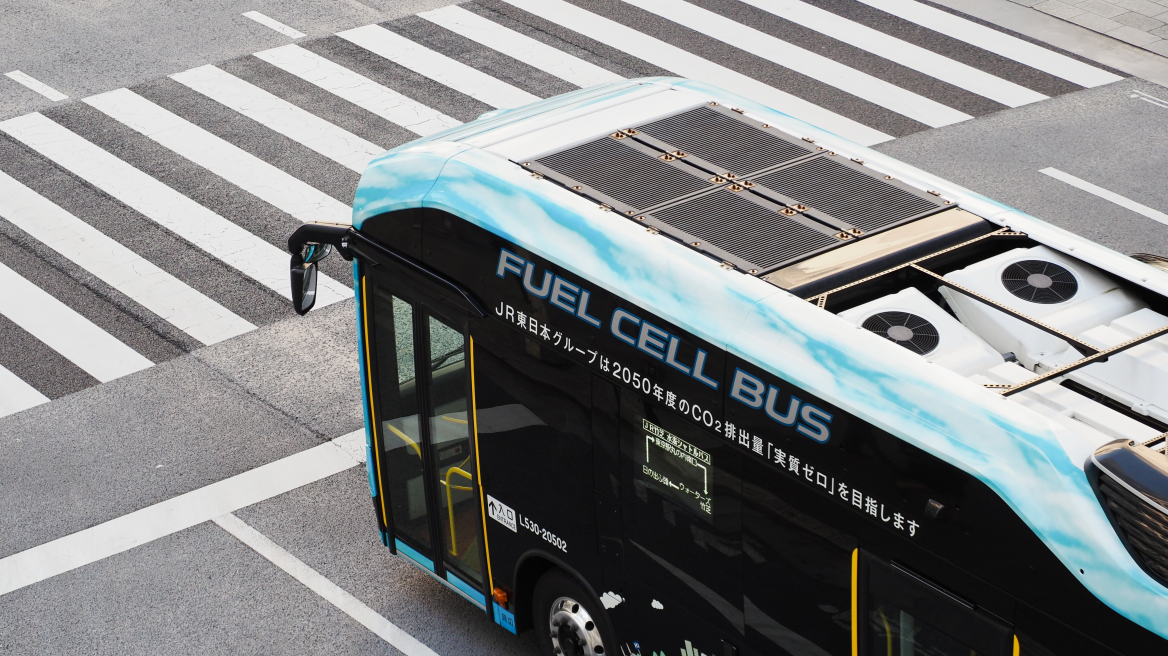The European Parliament has approved new CO2 standards as part of plans to reduce greenhouse-gas emissions from cars and vans by 2030.
The new rules had already been informally agreed with EU Ministers. Parliament’s decision was welcomed by the European Commission which said that it puts the EU on track to become climate neutral.
MEPs and EU ministers had agreed on a higher target (37.5%) to reduce EU fleet-wide emissions for new cars by 2030, compared to the European Commission’s proposed target (30%). The legislation also sets a CO2 reduction target for new vans (31%) by 2030.
“As Parliament, we strongly fought to safeguard the environmental integrity of the proposal and bring real health, consumer and innovation benefits to European citizens. We achieved this legislation, despite fierce opposition from the car industry and certain Member States, which refused to acknowledge the opportunities that stem from a more ambitious target” said rapporteur Miriam Dalli (S&D, MT).
The legislation was adopted with 521 votes to 63 and 34 abstentions. It now requires a final adoption by Council before publication in the Official Journal.
Social impact of a low-carbon transition
Manufacturers whose average emissions exceed the limits will have to pay an excess emissions premium. By 2023, the European Commission will have to evaluate whether or not to allocate these amounts to a specific fund in order to transition towards zero-emission mobility, and to support skills formation for workers in the automotive sector.
Lifecycle analysis
The new law demands that the full life-cycle of emissions from cars should be assessed at EU level. The Commission will also have to evaluate whether to have a common methodology for the assessment and consistent data reporting, by no later than 2023. If appropriate, legislation should follow.
Background
Transport is the only sector in the EU that did not record any significant decline in greenhouse gas (GHG) emissions since 1990. Figures from the European Environment Agency show that of all means of transport in the EU, road transport generates the largest share of greenhouse gas emissions (72.9 % in 2016), and is responsible for around 20 % of the EU’s total GHG emissions.
EU Commissioner for Climate Action and Energy Miguel Arias Canete welcomed the decision.
“This vote sends a very clear message: mobility and the transport sector have a crucial role to play in Europe’s transition towards a climate-neutral economy. The new targets and incentives will help EU industry embrace innovation towards zero-emission mobility and further strengthen its global leadership in clean vehicles. At the same time, the gradual transition will allow sufficient time for reskilling and upskilling of workers, so that no-one is left behind in this transition. Consumers will save money at the pump, and cleaner cars also mean less pollution and cleaner air for all Europeans.”
The new CO2 standards are part of the clean mobility package and a stepping stone towards a modernised, and more competitive European transport sector, and the road towards a climate-neutral economy in line with the EU’s commitments under the Paris Agreement. The new rules contribute to implementing the Juncker Commission priority of a resilient Energy Union and a forward-looking climate change policy.
















